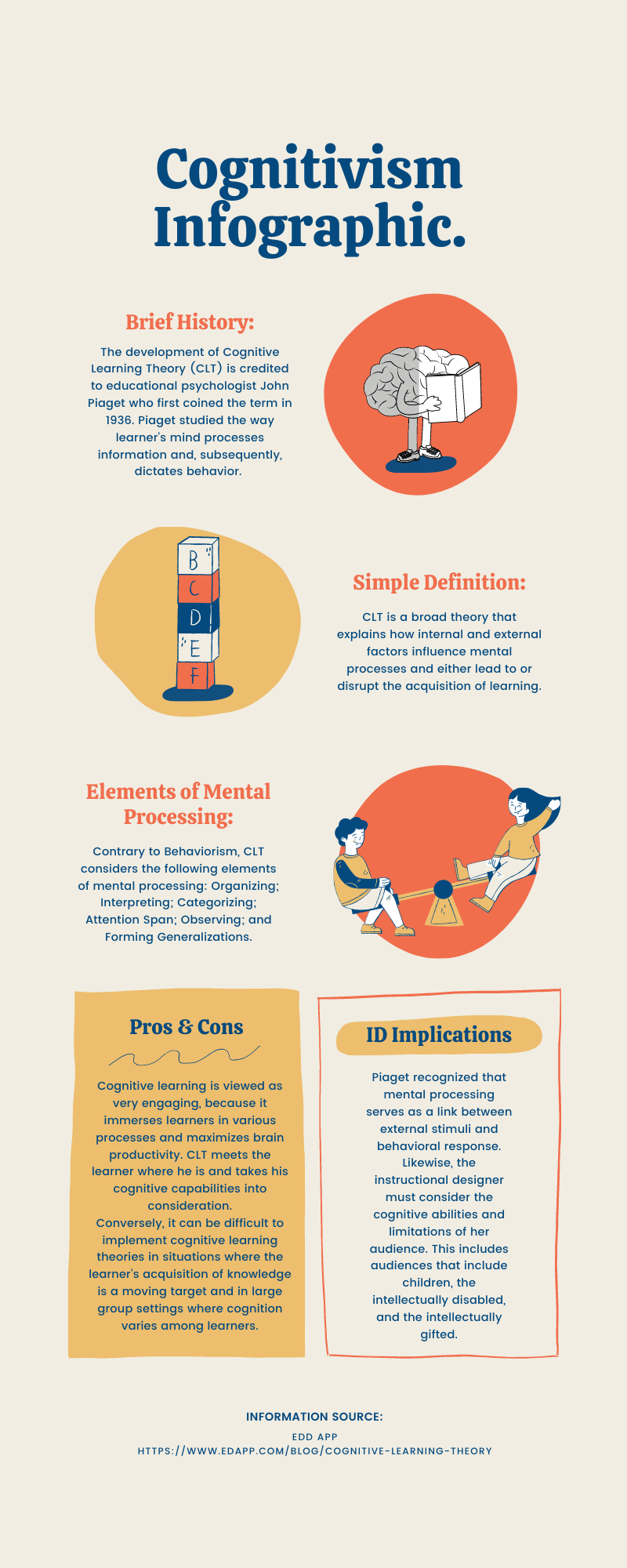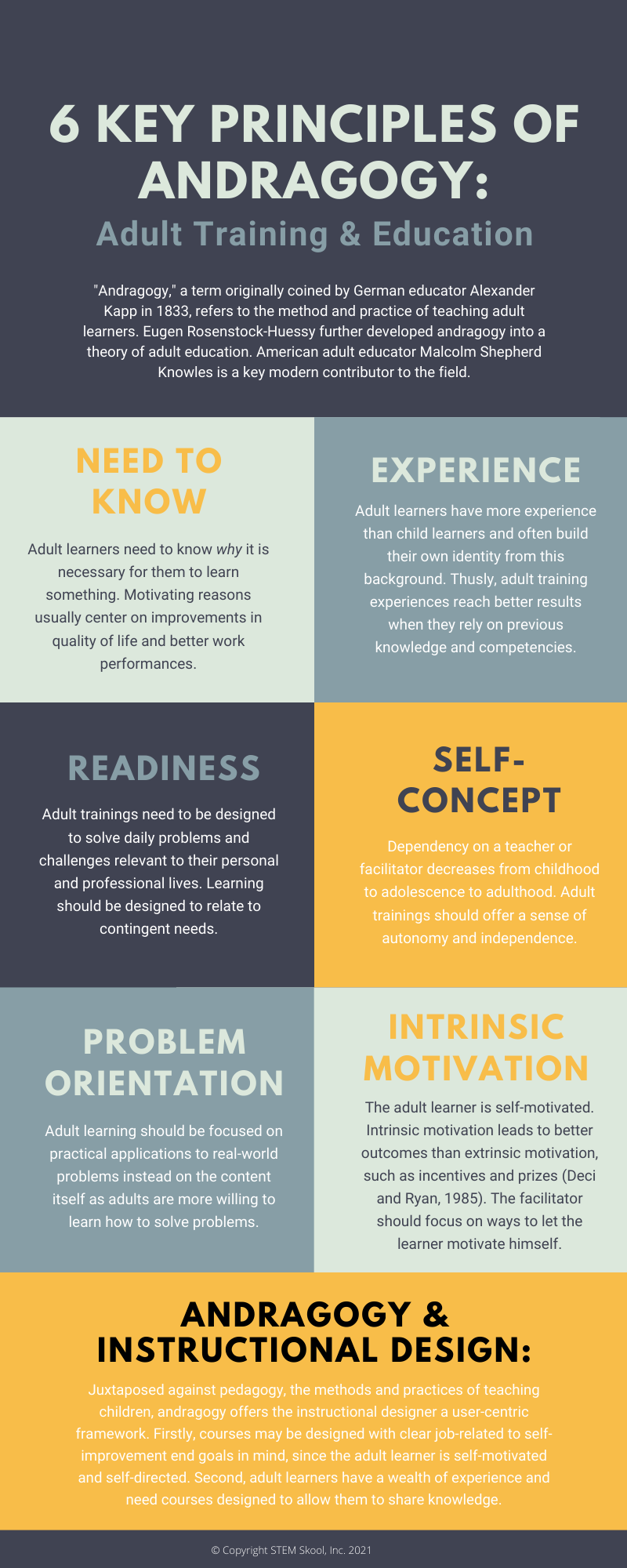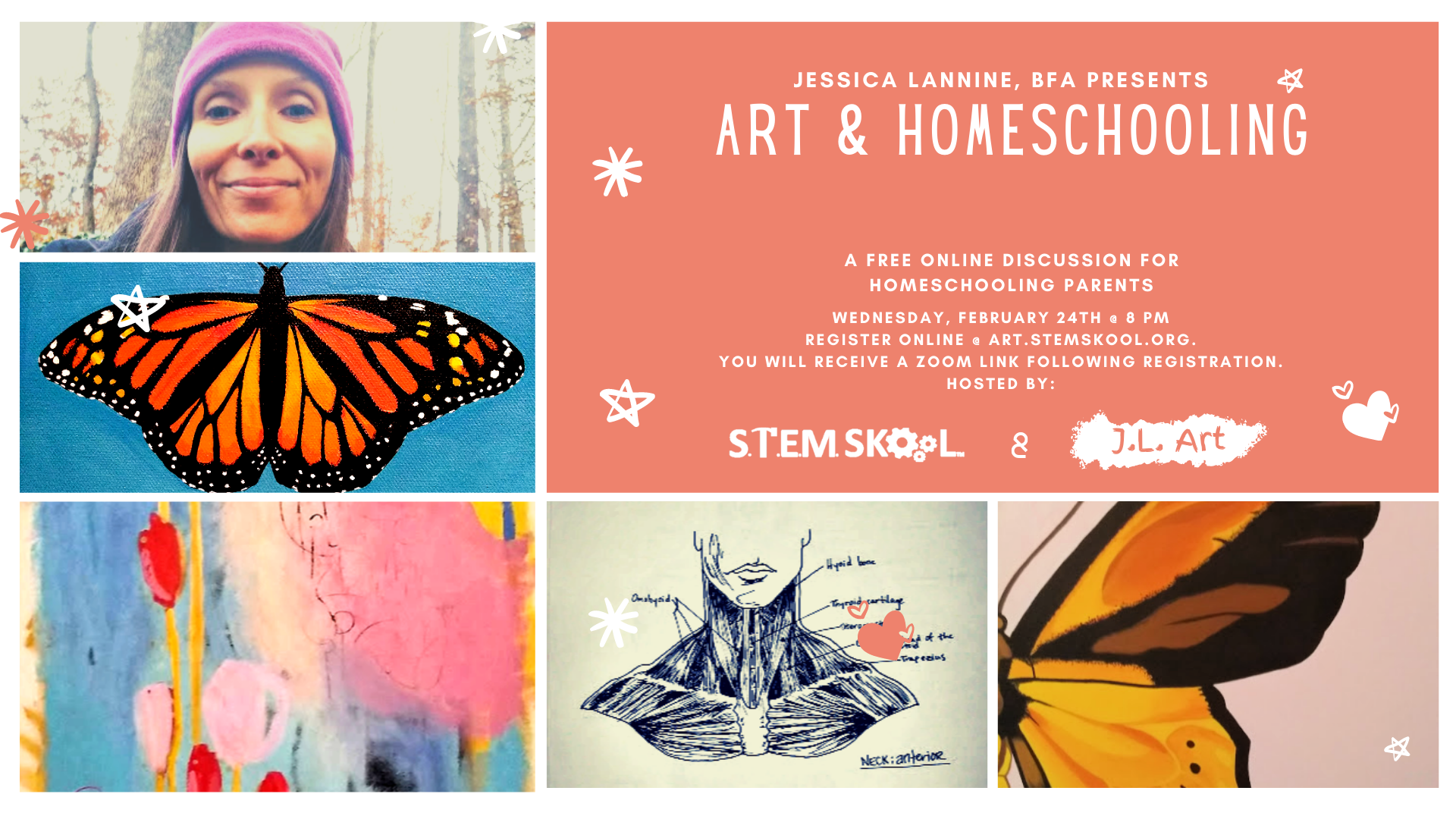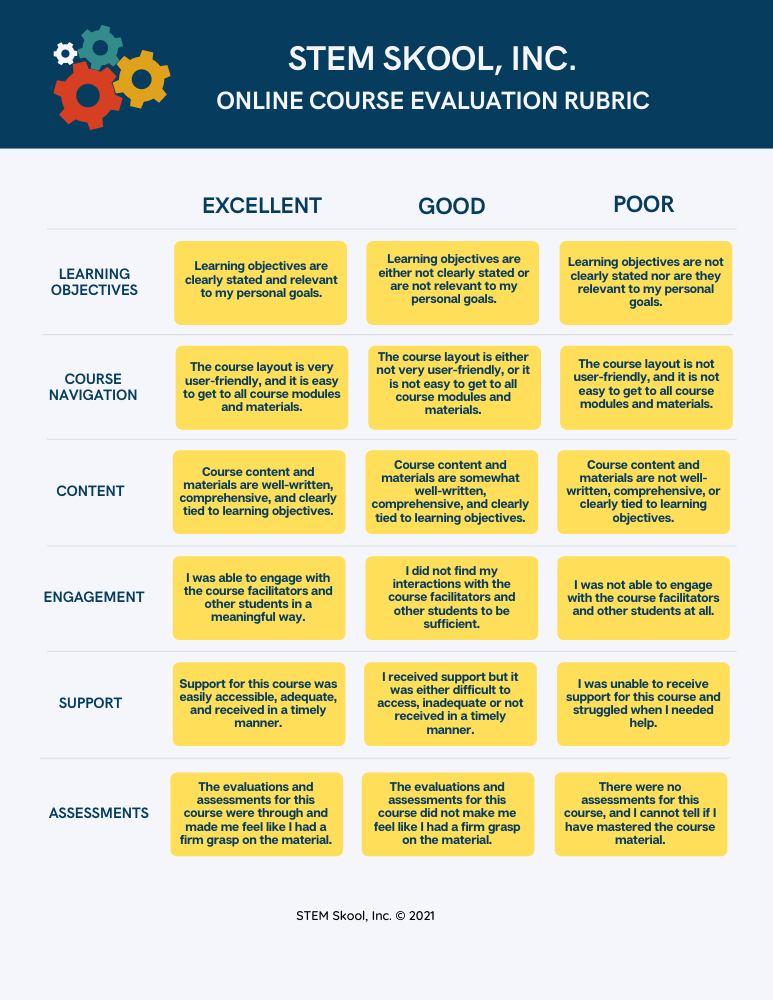UMGCx Portfolio
Welcome to Ge Imoudu's portfolio for the UMGC MicroMasters® Program in Instructional Design and Technology.
Projects and Coursework Included In This Portfolio:
This portfolio contains projects completed for the following courses:
Learn more about Ge:

Proud Member Of:



LDT100X

View Coursework for LDT100X:
Please view my comparison of learning theories below:
Week One: Your Learning Environment.
Please view my responses to the Personal Learning Experiences assignment here.
Week Two: Learning Theory: Behaviorism.
Please view my essay on behaviorism here.
Week Three: Learning Theory: Constructivism.
Please view my Constructivism Infographic below:

Week Four: Learning Theory: Cognitivism & Connectivism.
Please find my Cognitivism Infographic below:

Week Five: Learning Theory: Andragogy.
Please find my Andragogy Infographic below:

Week Six: Learning Approach Models: Authentic Assessment, Experiential Learning & Project Based Learning.
Implementing Project Based Learning:
Here at STEM Skool, we incorporate Project Based Learning into all of our courses by asking students to apply the engineering design process to a final design. To complete their final engineering designs, students must draw from all of the scientific and mathematical knowledge they have gained throughout the session.
In our Fall 2020 session, we studied plant biology, animal science, and agricultural engineering. For their final projects, students had to construct vertical farms for a fictitious city, Greentown. Students' final projects are in Column 5 of the Padlet below.
Why Project-Based Learning Over Other Assessment Types?
We employ project-based learning in our program over traditional quizzes, essays and exams, for several reasons:
1 - Our program serves homeschooled and after-school students. We do not offer academic credit for our course. Therefore, as an enrichment program, it would not make sense for us to issue grades.
2 - With our curriculum, we have a unique opportunity to allow students to demonstrate their knowledge of the content through presentations, lab reports and engineering design projects.
3 - When we moved to an online format during the pandemic, we wanted to establish an egalitarian system or assessment and evaluation. Even if we had decided that quizzes and tests were the best modes of assessment, ensuring equal access to learning materials and conditions were impossible. Allowing students to create their projects at home using their own materials and ingenuity allowed each student to showcase his or her capabilities and understanding of the material.
Benefits and Challenges of Project-Based Learning:
In addition to the points mentioned above, the main benefit of project-based learning, as I have witnessed it in my program, is that students gain a real understanding and affinity for the course material.
During the pandemic, I have had several STEM educators wonder how to make science and engineering engaging and hands-on in a distance learning environment. We did not experience this problem. We allowed our students to enjoy lots of hands-on learning by completing projects at home and used our class time to share projects and insights. The students were always so excited to share their work. We never had a dull moment in class and usually went over by 30 minutes to an hour, because the students were just that excited to share their work.
The leading challenge to project-based learning is that, particularly with our engineering design projects, it is difficult for facilitators to clearly distinguish a student's effort towards the project versus a true understanding of the material. In the vertical farms example, some students constructed beautiful farms with the help of their parents or grandparents. As facilitators, we had to questions students quite a bit and also had to correct misunderstandings during their presentations.
In this way, project-based learning feels open-ended instead of summative.
Also, some students did not have access to elaborate materials or help from adults and, therefore, did not create extravagant projects. However, some of these students had a firm grasp of the material we covered during the session. Just as with the more stellar projects, we had to question students to ascertain their understanding, since the project did not give us a full understanding of what the student did or did not know.
Learning Theories Used to Design This Activity:
We base all or our courses on the constructivist learning theory. Constructivism provides an excellent framework for teaching and learning science.
Students experience dozens (if not hundreds) of scientific phenomena in and around them everyday. They already possess a wealth of knowledge about the world and how they are experiencing it.
For our vertical farms projects, we talked about familiar experiences - grocery shopping, eating locally-farmed foods versus food that had to travel a long distance. We talked about our feelings about food shortages and projections for a growing population. The students are already passionate about many of these issues before they come to us.
Constructivism allows us to respect their knowledge and then facilitate their construction of new knowledge rooted in how they weave our course material into their own lives.
Week Seven: Microlearning.
This week, I chose to highlight one of my favorite Microlearning tools: Thinkific.com, which is the platform on which I host this website. Please read my reflection here: LDT 100X_ Microlearning Project and Reflection.pdf
Week Eight: Your Learning Theory Approach to Design.
Please view my application of Constructivism and Andragogy to the middle school anatomy course I am currently developing: LDT 100X_ Learning Theory Utilization.pdf
LDT200X

View Coursework for LDT200X:
Week Two: ADDIE Design Model Infographic - Created in Canva.
Week Three: Dick and Carey Model Podcast - Created in Camtasia. | View transcript.
Week Four: Understanding by Design (UbD) Application to STEM Skool's Middle School Zoology Course. | View the course here.
Week Five: Rapid eLearning Design.
Week Seven: Developing Learning Objective Scenarios.
Signature Assignment: Vertical Farming in Schools.
LDT300X

View Coursework for LDT300X:
Week One:
Week Two:
Week Three:
This week's assignment was to create a digital image flyer or brochure that incorporates the image editing techniques covered this week as well as the visual layout and design best practices discussed in previous weeks.
The flyer below advertises an Art and Homeschooling event presented by a local artist in collaboration with STEM Skool, Inc. an education nonprofit organization. The images used in the flyer belong to the presenting artist, and I arranged them into an appealing photo collage. The artist's logo, J.L. Art, is fictitious.
View the completed OER checklist here.
 Art and Homeschooling Event Flyer.
Art and Homeschooling Event Flyer.

Week Four:
Biodiversity of Mammals in Great Himalayan National Park
The lesson goals and objectives, video, storyboards, and OER checklist for this week are located on the Padlet below.
Week Five:
Bioinspired Engineering Design Screencast
(Note: Screencasting begins at 2:15 after a welcome message and introduction to biomimicry and bioinspired engineering.)
Copyright © STEM Skool, Inc. 2021.
Watch on YouTube. | Video Transcript.
In this lesson, students learn about biomimicry and bio-inspired engineering design, and I introduce them to their final project, which is to create a bio-inspired bag or pack for a fictitious client.
This video accompanies readings and other videos that dive deeper into biomimicry and bio-inspired engineering design.
Learning Goals, Objectives and Storyboard.
Week Six:
Reptiles and Amphibians Podcast

Instructional Objective:
This recording accompanies STEM Skool's lesson on reptiles and amphibians, which is part of our middle school course on Zoology and the Himalayas.
The goal of this lesson is to introduce students to the important features that characterize an animal as either an amphibian or reptile. The lesson also highlights major differences between amphibians and reptiles.
Finally, my colleague speaks about the gharial, a reptile native to the Himalayan region.
After completing this lesson, students will be able to:
Learning Activity Audience: 6th-8th grade students.
URL for Audio File:
Listen to our lesson on reptiles and amphibians.
Reflection:
Because my classes cater to school-age kids, we are always eager to employ audio and visual effects to improve student engagement and retention. Also, our students possess varying reading levels, which we do not want to be a barrier to learning. Allowing students to listen to a lesson allows them to have a fun, low-stress, immersive experience.
I created this podcast using the recording software built into my Microsoft Surface device. I also use the Rode VideoMicro microphone. I edited my podcast in Camtasia and saved the file as an MP3 and uploaded it to Google Drive to make it easily sharable.
Week Seven:
Author Tools: Interactive Learning.
View the course in Articulate Rise 360
Instructional Objective:
In this lesson, students will learn the distinct characteristics of mammals against the backdrop of Great Himalayan National Park, which is one of the most biodiverse places in the world.
Following this lesson, students will be able to:
Reflection: While I was excited to finally dive into Articulate this week, my initial assessment of the tool is that it was too bulky and convoluted to work for K-12th graders (my primary audience). The modules seem to be too spread out, and younger students need very clear and direct access to their content. I was able to turn one of my previous lessons, Biodiversity of Mammals in Great Himalayan National Park, into an articulate course. I look forward to becoming more comfortable with Articulate, since it is an industry standard tool. However, I remain skeptical that it is ideal for school age children.
Week Eight:
Portfolio Design & Signature Assignment.
Please find my signature assignment embedded below:
LDT400X

View Coursework for LDT400X:
Week One: Data-Driven Learner Models.
View the Data Development Plan for STEM Skool's Fall 2021 Middle School Human Anatomy course here: IDT 400X_ Activity 1 - Data Development Plan .pdf
Week Two: Kirkpatrick Evaluation Model.
Kirkpatrick Level 1 Assessment: LaLaLatte Coffee Company Training Evaluation.
Kirkpatrick Level 2 Assessment: LaLaLatte Coffee Company Knowledge Check.
Week Three: Tools to Evaluate-Quality Matters.
Please find my Online Course Evaluation Rubric below:

Week Four: Tools to Evaluate-OLS Quality Scorecard.
Executive Summary:
STEM Skool hosts a variety of online courses for K-12th grade students over the course of a typical September - May school year. These courses typically blend science and engineering against the backdrop of world history and global studies.
Not only are the content and materials of our courses important, but it is also crucial that courses are technologically accessible and grade-level appropriate. Our online course scorecard addresses the following facets:
Please view our Online Course Scorecard here: LDT400X_ Online Scorecard.pdf
Week Five: System Tools and Metrics.
Please view our Weekly Activity Design here: LDT400X_ Weekly Activity Design.pdf
Week Six: Capstone 100: Apply IDT100 Principles.
Please view our course's Opening Presentation here: LDT 400X - Middle School Human Anatomy Opening Presentation.pdf
Week Seven: Capstone 200: Apply IDT200 Principles.
Please view my Course Design Document here: LDT 400X Course Design Document.pdf
Week Eight: Capstone 300: Apply IDT300 Principles.